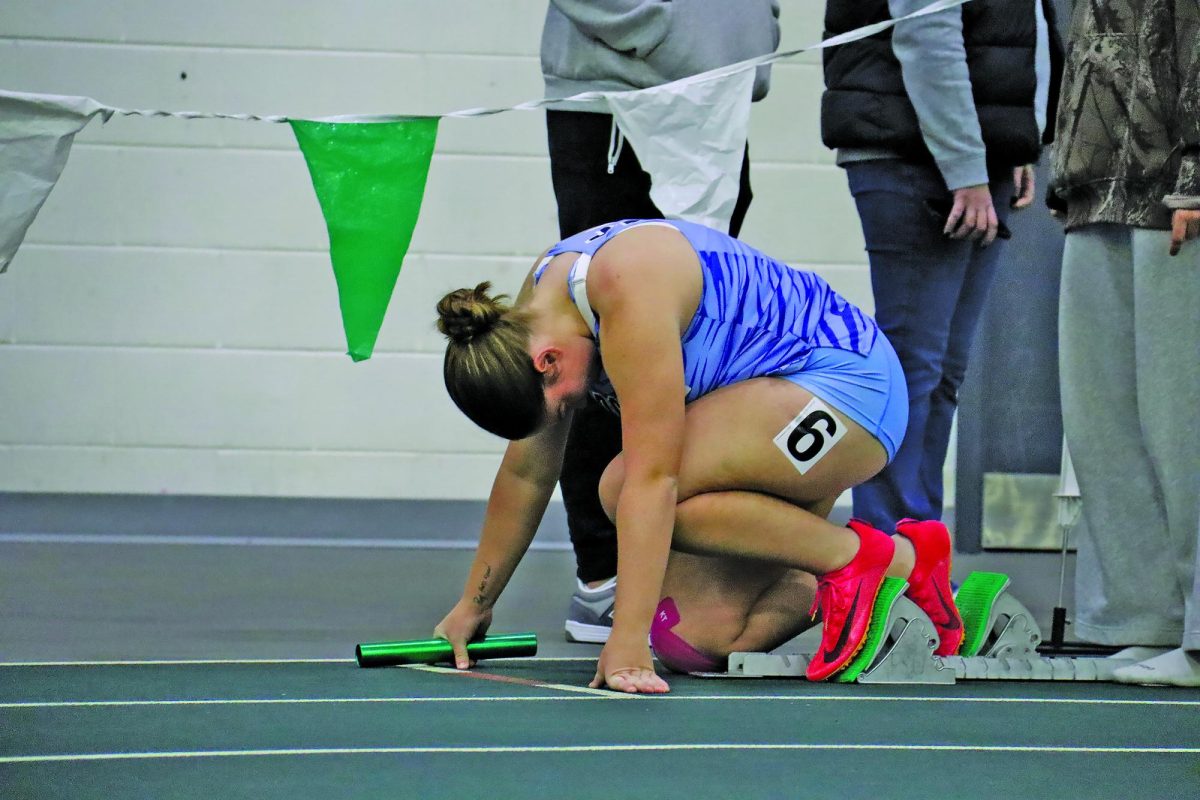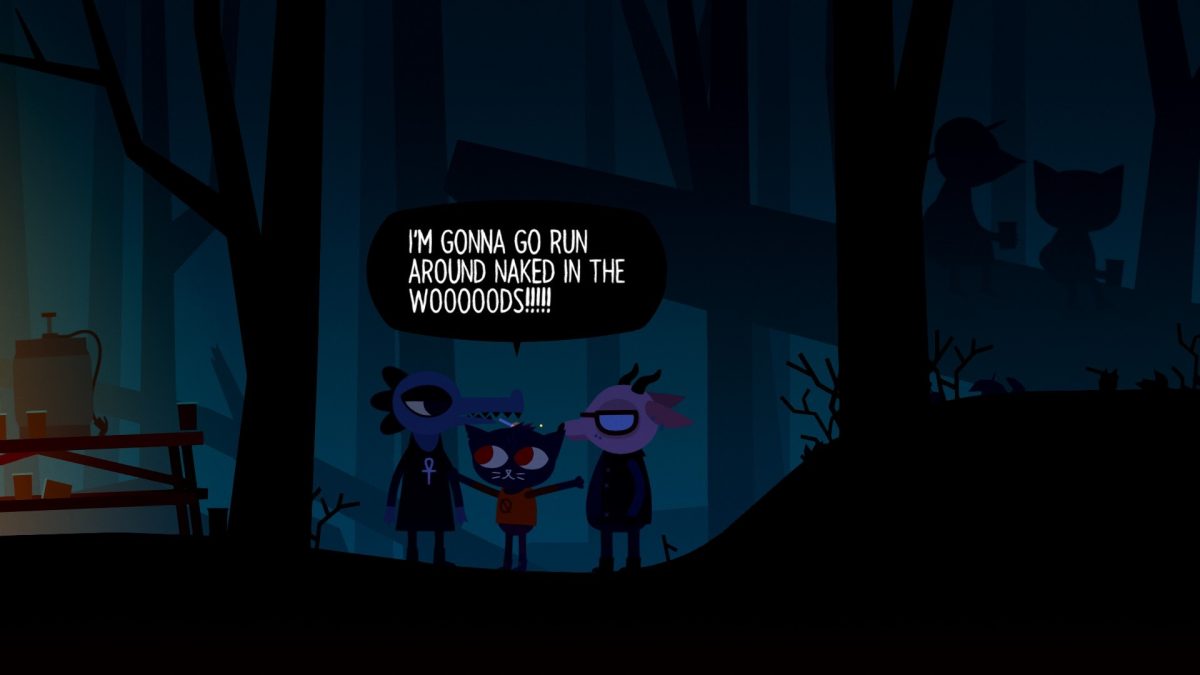It’s a Thursday morning and snow is falling fast outside the SHAPE Facility at Johnson State College. Stanley Parsons watches as his charges file into the gymnasium.
The 12 students represent a cross section, with no two alike in appearance. Half wear a uniform (gi) with variously colored belts: two whites, two yellows, one green, and one black (not including Master Parsons). The others are attired in normal gym clothes. No one is wearing shoes or frowns.
With a stentorian boom, Parsons shouts, “Line up!” and all his charges arrange themselves into two rows of six, facing their instructor, who stands at one end of the gym. At his instruction they all begin to jog in place, the sound of their footfalls echoing through the building. Five minutes later, he leads them in stretching, and the gym becomes nearly silent.
For 15 years Stanley Parsons has been teaching martial arts at Johnson State, beginning in 1997. Parsons began his own martial arts training in the early Eighties. Parsons explains how he got started, “Well, it was about thirty years ago and I was transportation for my daughter. I figured as long as I was there…So I asked her if I could start training with her. She said yes.”
Parsons, along with his wife Alba, who also teaches martial arts, is a seventh degree black belt. In addition to teaching at Johnson, he runs a private martial arts school in Hardwick.
Parsons has traveled the world pursuing his passion. “Australia, Venezuela, all over the Caribbean, all over the United States,” he says, adding, “Australia was the best. We were there two weeks.”
He retired from competition in 2001 as the World’s Master Champion in fighting. Not bad for a guy from Vermont.
“I’m a genuine Woodchuck,” says Parsons, “born right in Cambridge in Dr. Mann’s office, back in the Forties.” He doesn’t look it. He is tall and barrel-chested with full, silver hair and a beard. There is one more thing that sets him apart from most athletic trainers; Parsons smiles constantly. As he sees it, “If you don’t add a little humor, it gets to be drudgery. I want to enjoy myself, and I have for 30 years now.”
The students are still lined up, having stretched. At Parson’s command they assume a fighting stance and begin to practice punches. The gym is now alive with the sounds of sharp, quick exhalations, each one the emphasis to a mock strike.
Watching the workout is Kayla Suhaka, a JSC senior who plans on graduating in the spring. She is there supporting her fiancé, JSC graduate, Jeffrey Maclay, who wears the only other black belt in the room. Maclay received his black belt last June and throughout the class he is seen offering instruction to the lesser initiated students.
Suhaka says that she has studied under Parsons. “Jeffrey was so into the class. He asked me to try it, so I did,” says Suhaka. I took it for about a year and a half. Once you get involved in the class, it’s like a family. And the instructors are great. It taught me a lot about self-defense. Stanley’s wife likes to focus on self-defense with the female students…So I learned a lot about that.”
On the floor, the class has been practicing their kicks for about 10 minutes when Parsons sings out, “Okay. Crunches on your own. Four or five-hundred would be nice… twenty would be acceptable.”
The gym is silent again except for the long deep breaths of the students.
After the crunches, Parsons arranges the students back into the two rows and they begin to spar. They exchange a few practice blows, then rotate to a new partner at his command: “Bow! Shake hands. Rotate again.”
By this point in the class it is clear that the students are getting a serious workout, but the mood never waivers from pure fun. Everyone is enjoying what they’re doing and Parsons provides constant humor mixed with instruction.
“Okay, freestyle!” Parsons booms, not in a shout, but loudly, clearly, and with calm, placid authority. The students begin to practice attacks on invisible opponents as they charge down the floor, punching and kicking, jumping and attacking. The enjoyment level seems to peak as each student adopts an individual style, a personal artistic impression.
The class is offered every semester and counts a half-credit for each half of a semester.
The mood of the class is an obvious result of Parson’s personality and teaching philosophy. As he puts it, “I want to get them exercise, get them to be focused, get them to stretch out and get limber – and to have fun.”
He pauses to be sure he hasn’t forgotten anything, then adds, “If you want to be a better basketball player, this is a good place to start.”







